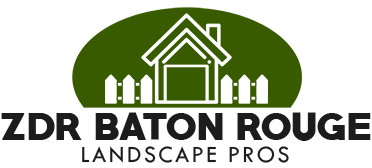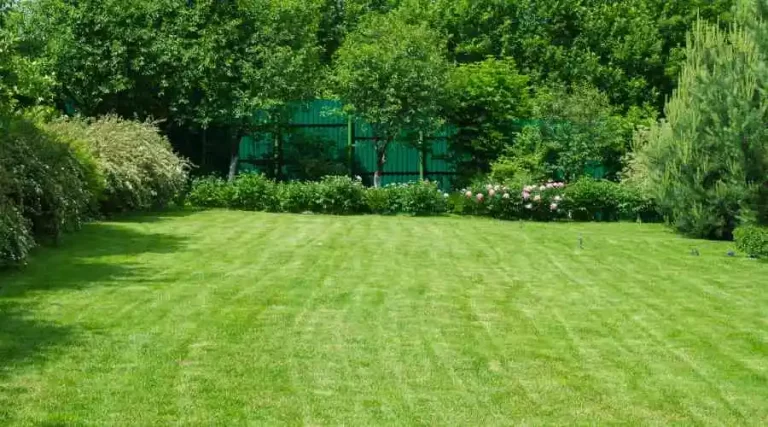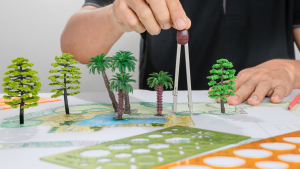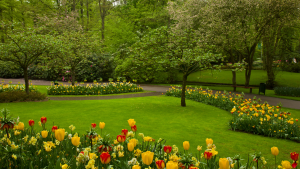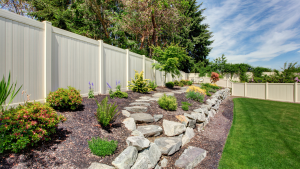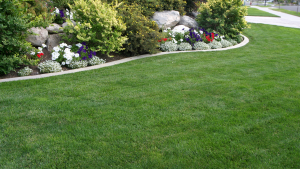There might be a valid explanation if you’ve had trouble cultivating plants and flowers in and around your yard. You should read this article before giving up and selling your gardening supplies since you could actually have a “green thumb” after all.
Have you ever wondered if there was a website that could tell you what kinds of plants grow well where you are? Have you heard people talk about zone maps for landscaping but are unsure what they mean or why they matter? It is not difficult to figure out which landscaping zone you are in, but it is more difficult to interpret what that means for gardening success. This article will discuss how landscaping zone maps may be used to assist you to identify the plants that will grow best in your region.
Locate Your Zone
Finding the hardness zones of a particular plant is the best approach to determining where it can thrive. Zone 1 describes subarctic climates in Northern Canada and Alaska, while Zone 11 describes tropical regions in Southern Mexico. North America is divided into 11 numbered zones. As a general rule, the lower your plant hardiness zone number is, the further north you are located. The Plant Hardiness Zone Map is the most accurate resource for locating your landscaping zone. The graphic is based on 10-degree Fahrenheit zones that represent the average annual minimum winter temperature.
Zone Importance
The criterion by which gardeners and farmers may decide which plants will thrive in their location due to weather and local factors is the Plant Hardiness Zone Map. This map can assist you in identifying the plants that thrive where you live, but it cannot always be relied upon to predict how long a plant will survive in a given environment.
Limitations
This map of plant hardiness zones has some drawbacks despite its potential value. Depending on the microclimate of your specific area, the information it provides can be incorrect. Even if a plant is typically known to grow in your region, other factors that may affect its potential to flourish include soil moisture and pH levels, elevation, ground slope, wind, and sun exposure. Even if the temperature is right for a particular plant, the surroundings can still make it difficult for it to live.
Microclimates
Microclimates must be taken into account when analyzing this map. Zone 8 includes regions like coastal Seattle and dry Tucson, however not all plants will thrive in each environment. At first glance, you could assume that because the two locations are in the same climate zone and a plant thrives in Seattle, it will likewise thrive in Tucson. This is regrettably not always the case. Even though the weather may be similar, other environmental factors may have an impact on how successfully plants blossom. While analyzing your climate and deciding what to grow, keep this in mind.
Garden Design
Hardness zone maps have their limitations, therefore it can be beneficial to consult with a local landscape expert one-on-one to make sure you select the proper plants for your environment. The Baton Rogue Landscape Pros can provide you with professional guidance and assist you in creating a landscape design that will make your neighbors green with envy. You can save time, money, and a lot of frustration by speaking with us before you purchase your landscaping. Send a quote request now to discover more!
